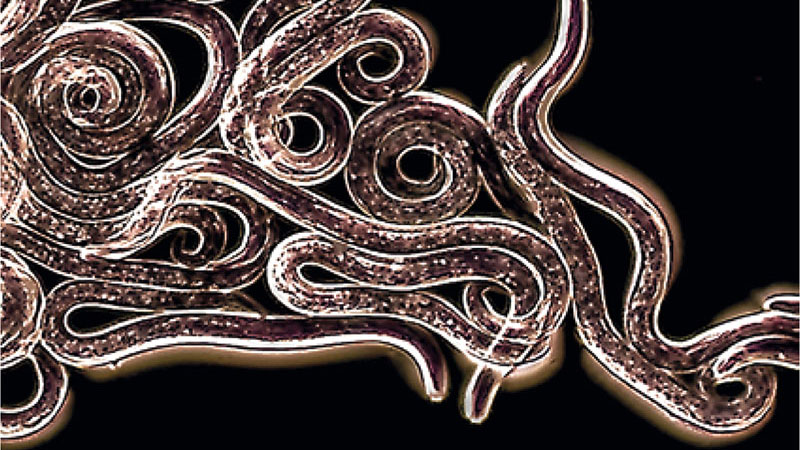Canine angiostrongylosis: an increasing concern
Canine angiostrongylosis is a snail-borne parasitic infection caused by the nematode Angiostrongylus vasorum. This metastrongyloid nematode poses a signi cant threat to canine populations. It is capable of infecting wild and domestic canines as their de nitive host, using gastropods as intermediate hosts. Recent data strongly suggest an increased geographic expansion of this parasite in wildlife animals that can serve as a reservoir. Once localised to the southern UK, A. vasorum now represents a tangible threat to dogs throughout the country, presenting asymptomatically or causing a wide range of clinical signs including dyspnoea and haemorrhage. Veterinary professionals have a range of ef cacious anthelmintics that, when used correctly, can signi cantly reduce mortality, clinical illness and associated health complications. Effective control of this disease, however, entails more understanding of the role of wildlife in spreading A. vasorum. Combined with this is the need for an appropriate framework for engaging and educating pet owners, improved management of adverse health effects of infection in dogs, guidelines on precautions to be adopted in order to minimise risk of infection, and the rational use of preventatives to control this disease. This review focuses on current knowledge about A. vasorum - which affects the respiratory system of dogs - and covers diagnostics, treatment and a brief account of other species of canine lungworms.
Hany Elsheikha -
